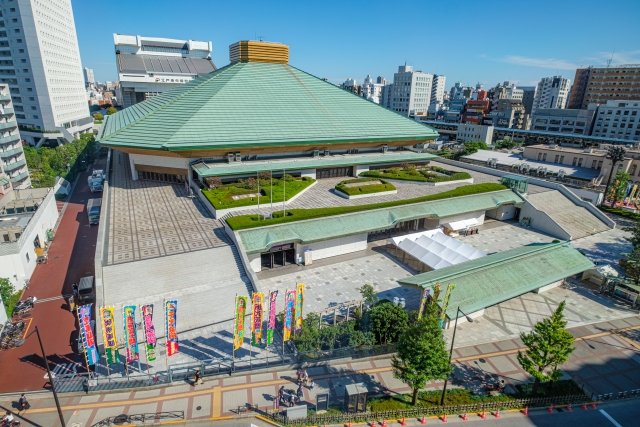Town of Sumo
Specialized Art Museum of Katsushika Hokusai
Remnants of the Edo Period
Ryogoku, named after a bridge over the Sumida River, has a history dating back to 1657 when a massive fire claimed numerous lives due to the lack of an escape route without a bridge. In response, the Edo Shogunate constructed a bridge over the Sumida River. As the western side of the river belonged to Musashi Province and the eastern side to Shimousa Province, the bridge connecting these two provinces was named Ryogoku, meaning ‘two provinces bridge.’ Presently, it primarily refers to the eastern side.
To commemorate the deceased, a Buddhist temple called Ekoin was built on the eastern side, known as the present-day Ryogoku area. During the Edo period, sumo wrestling matches were held within the temple grounds as fundraisers for constructing temples and shrines. Eventually, the predecessor of the current Kokugikan, a sumo arena, was established here. The current Kokugikan was completed in 1984 and hosts grand sumo tournaments three times a year.
As a result, there are many sumo stables, where sumo wrestlers train, and numerous restaurants serving chanko-nabe, the traditional hotpot eaten by sumo wrestlers, contributing to the area’s reputation as the sumo district. Beyond sumo, remnants of the Edo period remain prominent. Notably, the area is associated with the renowned ukiyo-e artist Katsushika Hokusai, who spent his life here, leading to the establishment of specialized art museums.
Although undergoing renovation and temporarily closed, the Edo-Tokyo Museum also stands, dedicated to showcasing the history and culture of Edo (old Tokyo) and Tokyo. This museum serves as a testament to the rich heritage and culture of the region.
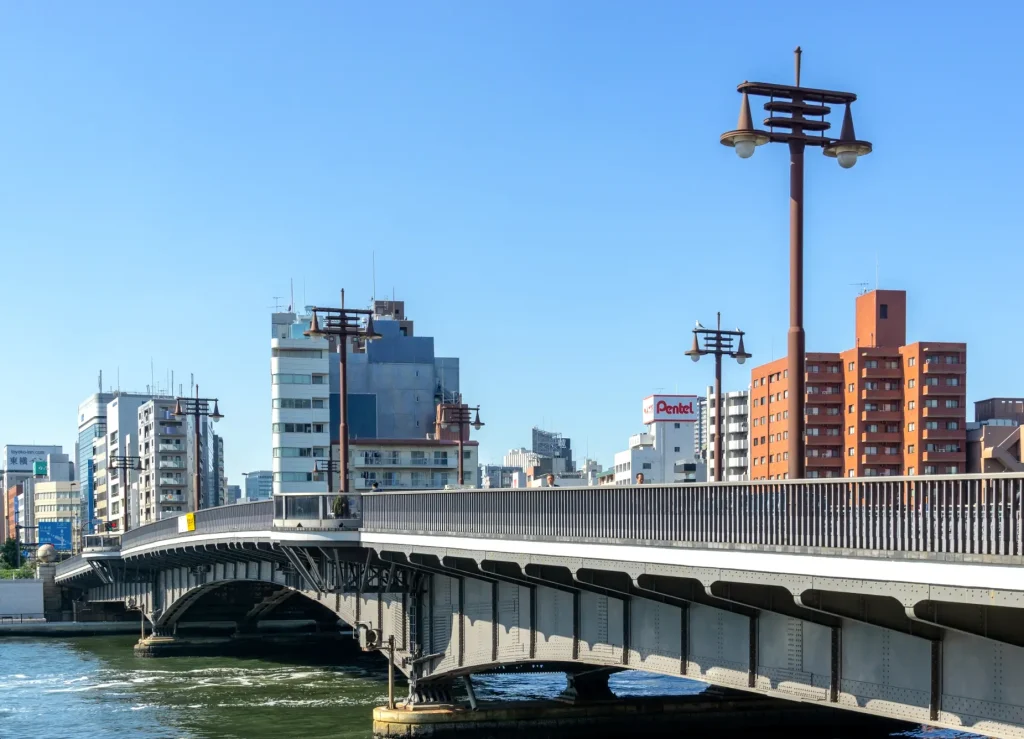
Ryogoku Bridge, spanning the Sumida River, the bridge served as the origin of the name ‘Ryogoku’ for the surrounding area. Its construction facilitated the expansion of the urban area towards the east.
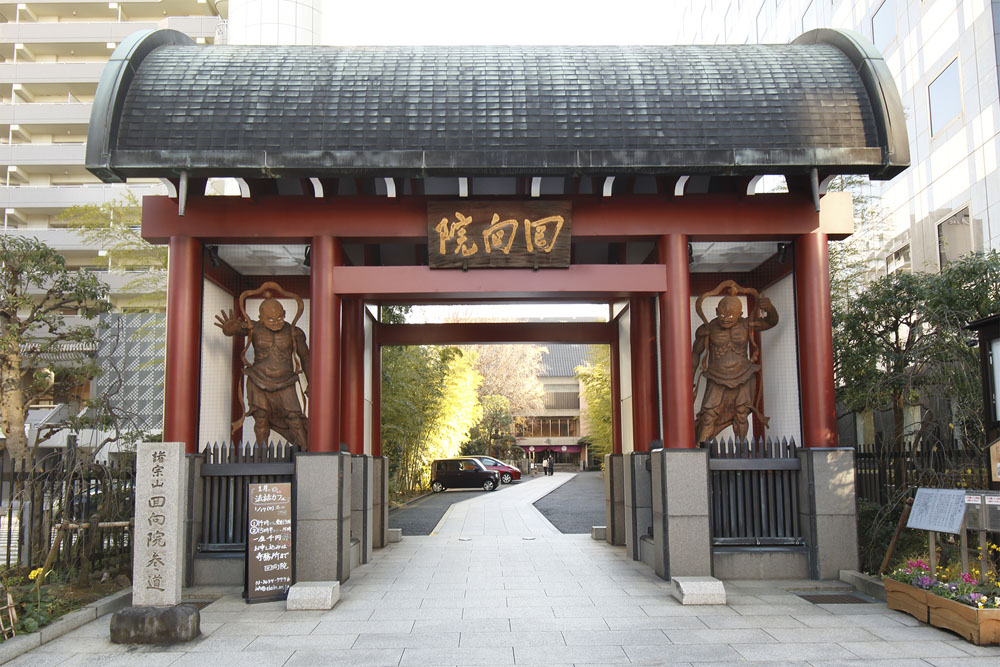
Ekoin, a Buddhist temple where over 100,000 spirits who perished in the 1657 Great Fire are honored. Sumo matches held within these grounds are considered the origins of modern professional sumo wrestling.

The Ryogoku Kokugikan hosts grand sumo tournaments three times a year (January, May, September) spanning 15 days each. It accommodates over 11,000 spectators. Apart from sumo, it’s used for martial arts events, concerts, and various other performances.
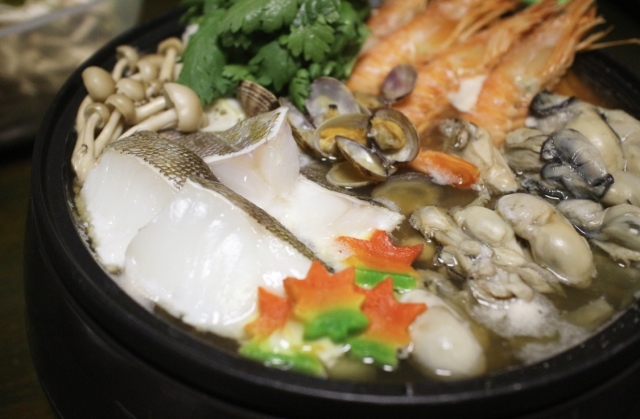
Sumo wrestlers’ meal, Chanko-nabe, is a prevalent dish. Many retired sumo wrestlers often start restaurants specializing in this cuisine, and there are several such eateries in this vicinity.
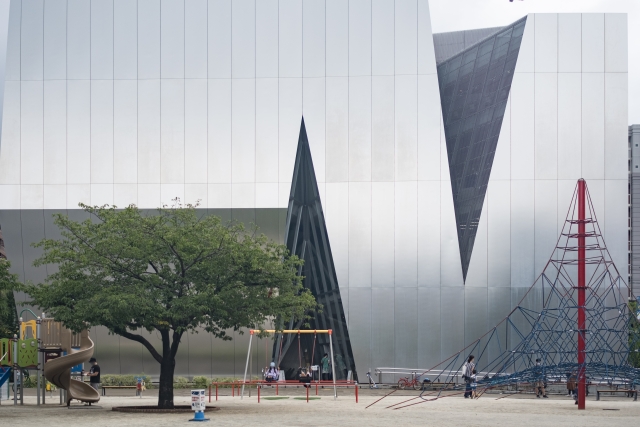
The Sumida Hokusai Museum, opened in 2016, exhibits the life and artworks of Katsushika Hokusai (1760-1849), who lived in this area. Admission fees are 400 yen for the permanent exhibition and 1000 yen for special exhibitions.
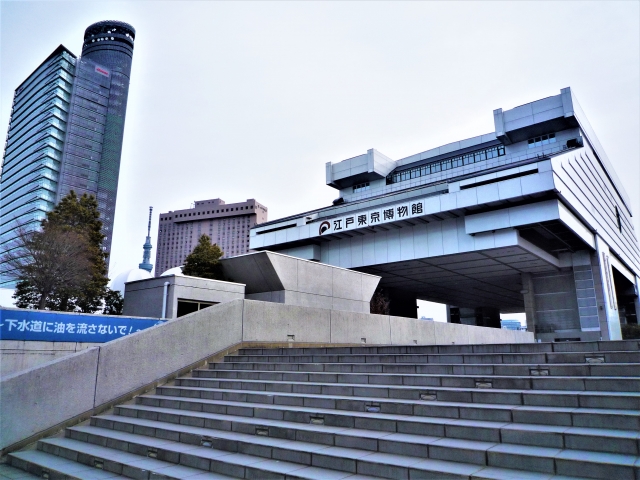
The Edo-Tokyo Museum, opened in 1993, aims to revisit the history and culture of Edo to Tokyo. It’s currently closed for extensive renovations until 2025.
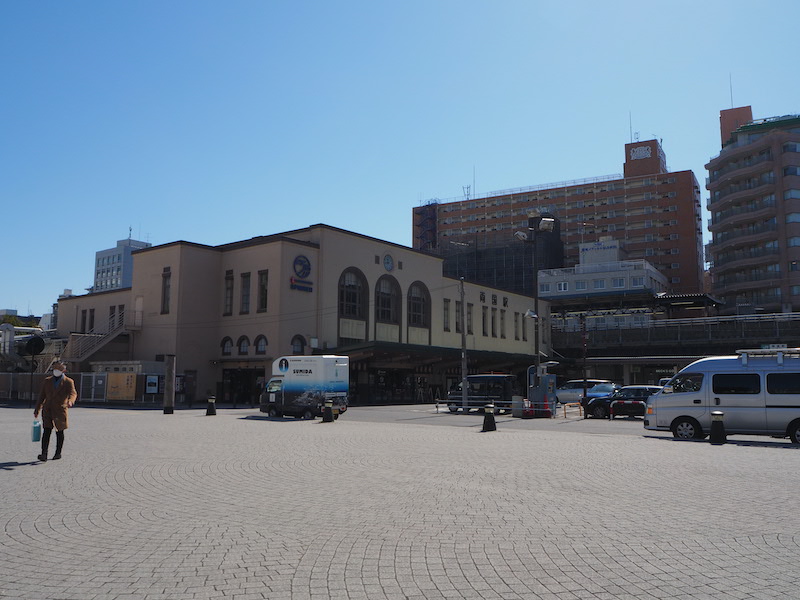
Edo Noren is located next to JR Ryogoku Station. Featuring a life-sized sumo ring at its center, this facility comprises eateries offering sushi, matcha, ramen, soba, and more, within a recreated street showcasing the cityscape of the Edo period.

The Nomino Sukune Shrine honors Nomino Sukune, often regarded as the founding father of sumo wrestling. Before the grand sumo tournaments took place in Ryogoku, festivals and ceremonies were held at this shrine.

